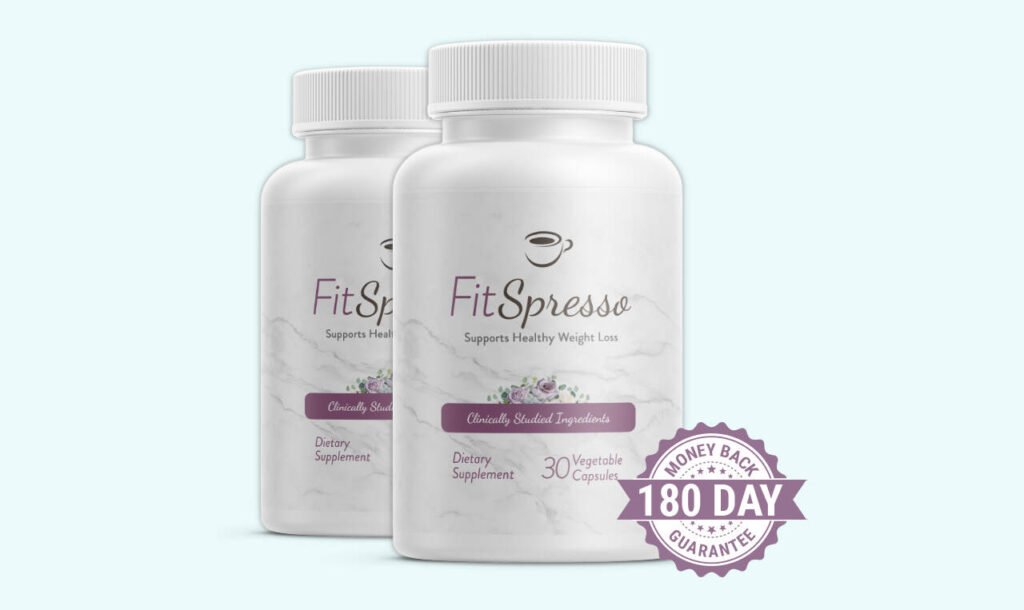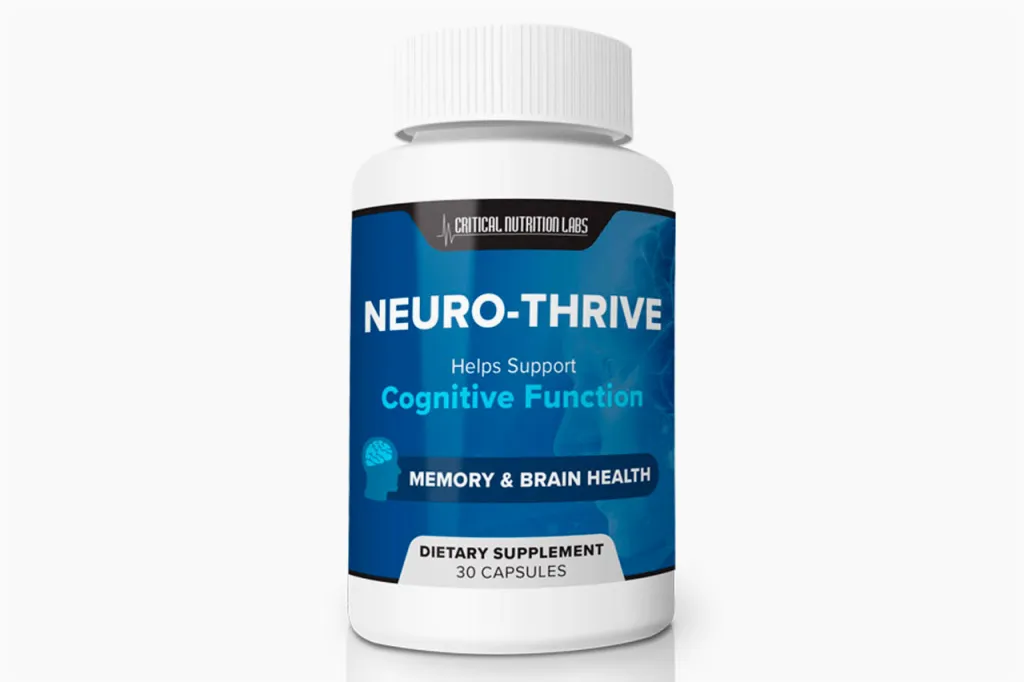Mint Leaves health benefits includes aiding digestion, treat dizziness, treating nausea, treating headaches, treating nasal congestion, improving dental health, preventing dandruff and head lice, relieving nipple pain due to breastfeeding, act as colic in infants and improving blood circulation, relieving muscle pain, enhancing the skin, promoting eye health, supporting weight loss and boosting immunity.
What is Mint Leaves?
Mentha, or commonly known as mint leaves, is an herb from the genus Lamiaceae. There are roughly 20 species in the mint family including peppermint and spearmint, the two most common types. Mints are herbs that can be found in different environmental conditions, but they thrive best in moist areas. The mint family are among the most popular herbs due to their cooling properties. Mints provide a unique fragrance and mildly sweet flavor that has a cool aftertaste. People are long familiar with mint as a breath freshener. Mint leaves are extracted to produce essential oil or menthol. Mint essential oil and menthol are incorporated into chewing gums, toothpastes, breath sprays, mouthwash, etc. The compound L-carvone is responsible for the mints’ distinctive aroma and flavor.
Mint leaves are used in Middle Eastern, British, and American cuisines as a necessary ingredient in their dishes. In fact, Arab countries use mint on their lamb dishes and teas. Mint is also added into ice creams, chocolates, etc. by food manufacturers. Traditionally, this herb was used for aromatherapy. It was first known as a room deodorizer and thus earned the title: ‘herb of hospitality.’ Consuming mint leaves were also used to treat several common ailments in traditional medicine.
Nutrition Info of Mint Leaves (per 100g)
Nutrition info is quotes per 100g, even though you are unlikely to consume this amount at one sitting.
Energy 70 Kcal – 3.5% RDA
Carbohydrates 14.79 g – 11% RDA
Protein 3.75 g – 7% RDA
Total fat 0.94 g – 3% RDA
Dietary fiber 8 g – 20% RDA
Folate 114 mcg – 28% RDA
Niacin 1.706 mg – 10.5% RDA
Pantothenic acid 0.338 mg – 6.5% RDA
Pyridoxine 0.129 mg – 10% RDA
Riboflavin 0.266 mg – 20% RDA
Thiamin 0.082 mg – 7% RDA
Vitamin A 4248 IU – 141% RDA
Vitamin C 31.8 mg – 53% RDA
Sodium 31 mg – 2% RDA
Potassium 569 mg – 12% RDA
Calcium 243 mg – 24% RDA
Copper 329 mcg – 36% RDA
Iron 5.08 mg – 63.5% RDA
Magnesium 80 mg – 20% RDA
Manganese 1.176 mg – 51% RDA
Zinc 1.11 mg – 10% RDA
13 Amazing Health Benefits of Mint Leaves

1. Aids in Proper Digestion
Mint is a flavor enhancer, and its pleasant aroma makes food even more appetizing. Eating fresh mint leaves or any dish with this herb can help stimulate the salivary glands in your mouth and trigger the glands responsible for increased bile secretions that aid in faster digestion. According to the University Of Maryland Medical Center, mint enables more efficient bile flow and helps relax the muscles of your digestive tract. This way, digestion is enhanced from stage 1- oral digestion of carbohydrates via the action of amylose/amylase.
Mint also has carminative properties, which means it help expel gas and relieve its associated symptoms. Likewise, mint has a mild anesthetic effect which can help relieve pain caused by minor inflammation in the stomach, soothe irritable bowel syndrome, and gastric ulcers. Since mint is fibrous in nature, it can also prevent constipation (if the leaves are consumed whole).
2. Treats Dizziness, Nausea, and Headache
Mint has anesthetic and anti-inflammatory qualities that can effectively treat dizziness, nausea, and headache. Mint can be taken in capsule form, tea, or by simply crushing mint leaves and inhaling its aroma. The Journal of Advanced Nursing has mentioned the effects of mint leaves as a nausea reliever in post-surgery situations. Likewise, mint leaves help relieve fever, as its cooling properties refreshes the body and dissipate the heat caused by the fever.
3. Treats Nasal Congestion
Mint leaves also have qualities beneficial to the respiratory system. Inhaling the steam of boiled mint leaves help reduce certain symptoms of asthma and the common cold. The invigorating aroma of the mint can instantly decongest a clogged nose, inflamed throat, bronchi, and lungs. It also relieve irritation caused by incessant coughing.
Mint is an ideal decongestant because it is natural and has no adverse effects. Mint is in fact one of the main ingredients in certain commercially made inhalers and balms due to the menthol it contains. Menthol has anti-inflammatory properties which help open the respiratory tract and relieve bronchial constriction.
4. Improves Dental Health
Cosmetic manufacturers incorporate mint in various oral care products because of its benefits to dental health.
Chewing on mint leaves is helpful in alleviating pain caused by toothaches. Mint has antiseptic properties that treat infections as well as a chemical called chlorhexidine; a potent anti-microbial compound which prevents bacteria that cause tooth decay and bad breath. Many teeth whitening products also contain mint as one of their primary ingredients.
5. Prevents Dandruff and Head Lice
Dandruff is caused by an accumulation of excess oil and debris, and sometimes a fungal infection. Moreover, a dirty scalp is a breeding ground for head lice. A good and natural way to prevent dandruff and head lice is to massage your scalp with crushed mint leaves. Mint has antiseptic and antibacterial properties which effectively relieve itching and irritation as it cleans your scalp. Also, it leaves your head feeling cool and fresh. You can apply the mint directly or for more optimal benefits, crush mint leaves and knead until it becomes smooth. It is also a common practice to mix crushed mint into petroleum based products and apply to the scalp as an effective hair dressing that can manage dandruff and have your hair smelling minty fresh!
6. Relieves Nipple Pain Due to Breastfeeding
Breastmilk is the best nourishment an infant can get from their mothers and it happens to be free. However, a growing number of lactating mothers have refused to continue breastfeeding their children because of the pain and areola cracks caused by their suckling infants. The International Breastfeeding Journal reported that women who often drink mint tea or mint-infused water have lesser risks in developing areola cracks. Alternatively, there are mint based nipple balms that can soothe irritation, although it needs to be wiped off before feeding time.
7. Colic in Infants
Mint is as beneficial to infants as they are to their mothers. Mint leaves contain simethicone which calms the baby and prevents it from crying inconsolably for hours. Simethicone is an anti-gas agent included in many infant colic drops.
8. Improves Blood Circulation
Mint provides stimulating effects to the body. As soon as you inhale the vapor of boiled mint leaves or its essential oil, you will get a sudden increase in your pulse rate and blood circulation. This effect causes your body to also increase its metabolism as well as oxygenation of the brain. This whole process is beneficial to your cognitive function and boosts protection from neuro-degenerative diseases such as Alzheimer’s disease. Increased blood circulation also help prevent diabetic individuals from acquiring complications due to imbalanced glucose levels and circulation related disorders.
9. Relieves Muscle Pain
Mint leaves can be used to relieve muscle pain because it contain antispasmodics agents. These agents relax inflamed or tense muscles, with its cooling properties also contributing to its efficacy. Mint also relieves intestinal muscle spasms, and explains its utility in digestive disorders.
10. Skin Care
Dull skin is due to the accumulation or delayed turnover of dead skin cells. Mint has Vitamin E and Vitamin D which help promote skin rejuvenation. Plus, it has salicylic acid which is useful in addressing certain skin conditions and fungal infections. Salicylic acid also helps hasten the turnover of dead skin cells. The mint’s astringent effect also help shrink pores and invigorates the skin by eliminating excess sebum.
11. Promotes Eye Health
Mint also has vitamin A which is vital in maintaining the proper function of the eyes. Adequate intake of this vitamin is crucial for the formation of a photoreceptor pigment present in the retina and maintenance of epithelial tissues. Deficiency of this vitamin results in xerophthalmia, night blindness, and other eye disorders such as premature. Macular degeneration
12. Helps Weight Loss
Mint stimulates the digestion of fat. It acts as a trigger for digestive enzymes to quickly absorb food nutrients and convert them into usable energy.
13. Boosts Immunity
Mint can provide the vitamin C your body requires to combat common ailments. It is general knowledge that vitamin C is a potent Immunity booster, and luckily mint leaves offer decent support in this department.
Conclusion
Fresh mint leaves add a distinctive taste and invigorating aroma to any dish. It can also be eaten fresh. However, these herbs’ antioxidant powers are often ignored. Mint is more than just an ingredient to a certain dish, drink, or toothpaste. Apart from culinary purposes, mint leaves provide a list of health benefits and help prevent certain ailments. The tiny herb possess several key vitamins and minerals that your body needs for proper functions and increased immunity. Peppermint is among the most common members of the mint family and is proven extremely beneficial.

